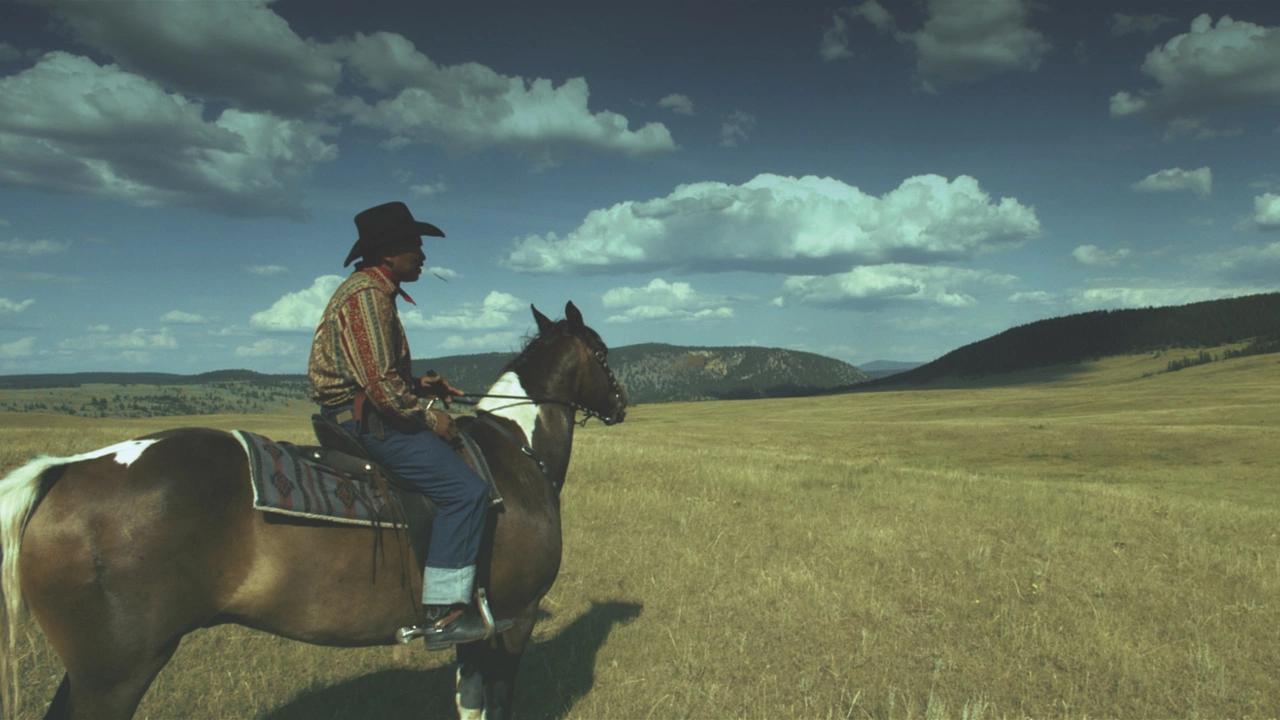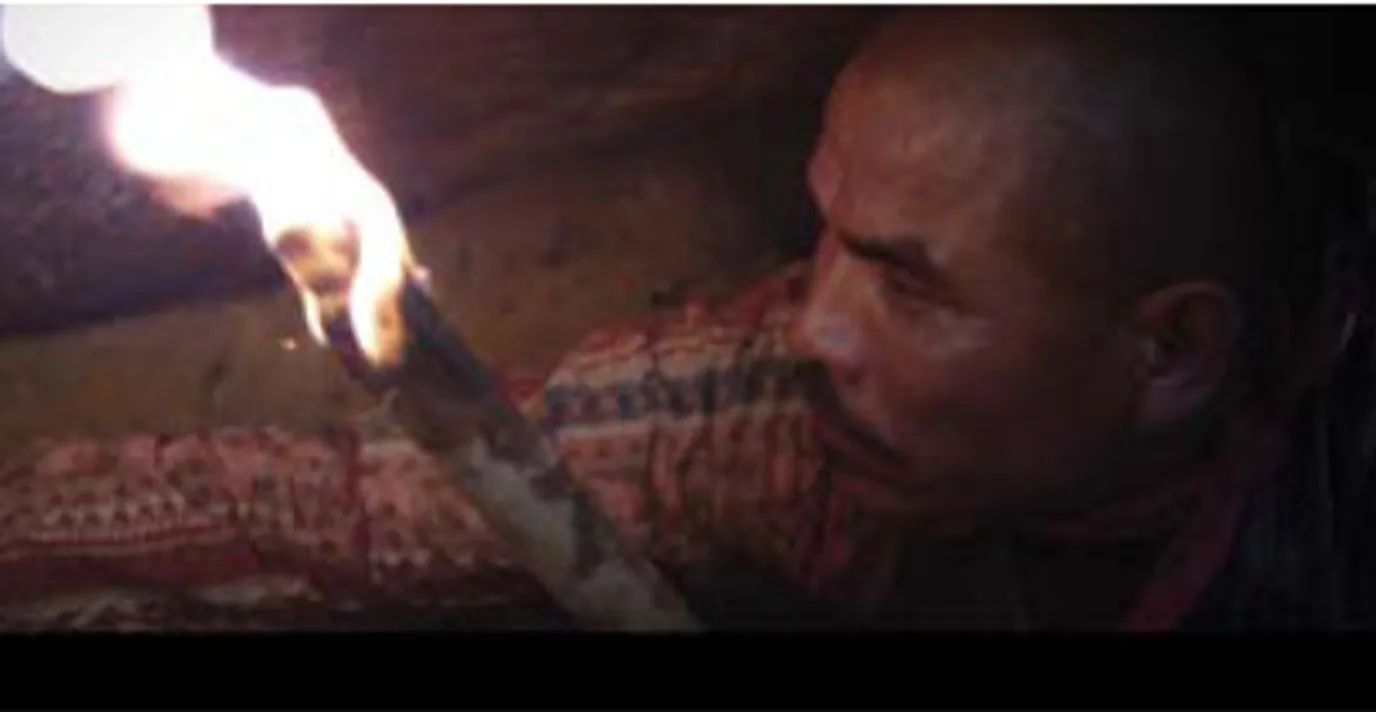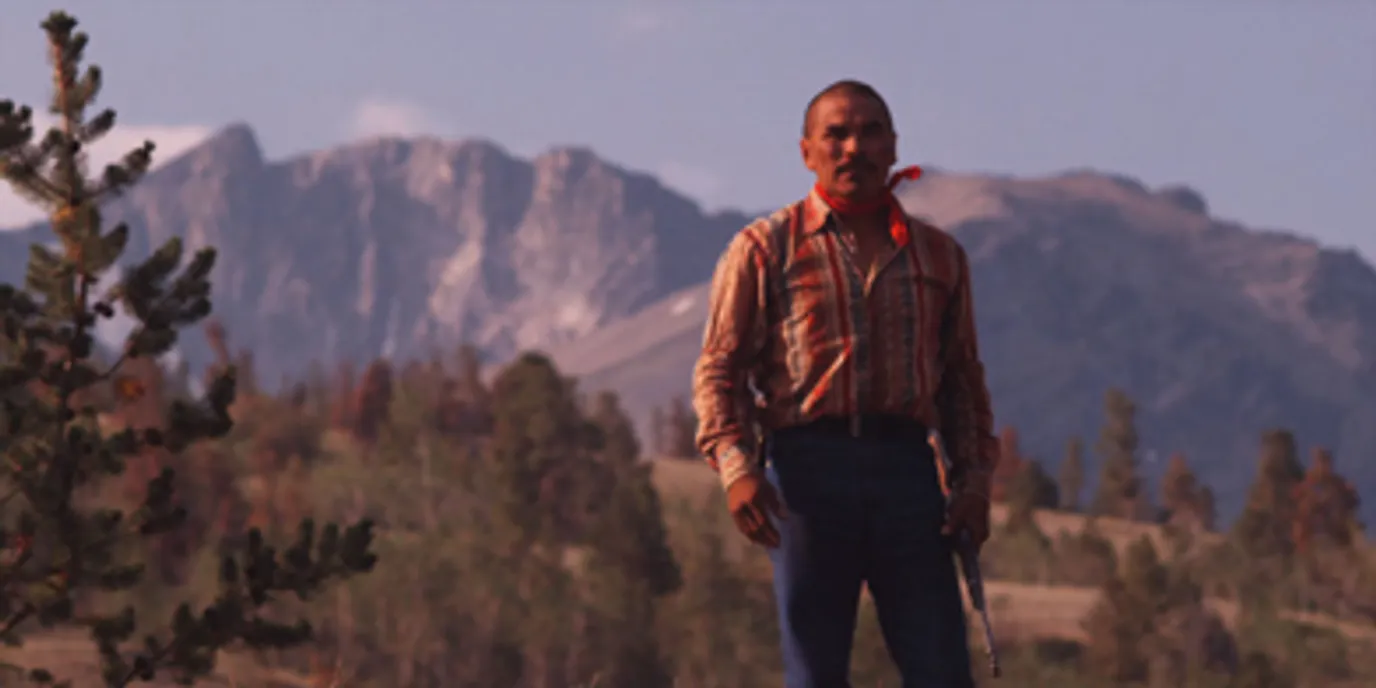In the dream-like space he emerges into on the other end of the cave, when one of the bare-chested strange breathers tells him, “You are not ready for this place yet,” this utterance has the quality of prophecy. The weight of that one word “yet” is its own force field of possibility even as the “not” is what appears to propel a counterforce: the visual vibrations that push him back and down to his own world, albeit one now in a different future.
There is a whole crop of sci-fi films interested in, or perhaps more accurately anxious about, dreams and their power. The classic example is Lathe of Heaven, a 1971 novel by Ursula K. Le Guin, who also consulted on the film adaptation in 1980. It tells the story of a man whose dreams literally come true, restructuring time-space as he sleeps, and the devious psychiatrist who harnesses and manipulates his patient’s power for his own ends. Dreams are similarly devices for subterfuge in the 2006 anime film Paprika and, of course, the 2010 special-effects spectacular Inception. Though there is a light air of unease and manipulation of space-time, I would place ʔEʔanx not as a work of dreamy science fiction but rather as prophecy futurism. Like dreams, prophecies can be recurring, as we know the story of the cave has been. And, like dreams, they can change reality upon their revelation. Prophecies are not mere predictions. Like the best of science fiction, they are diagnoses of the present and an inspired vision of its undoing.
In 2014, five years after the release of ʔEʔanx, the Tŝilhqot’in Nation won a landmark case in the Canadian Supreme Court establishing “aboriginal title” to their territories in current-day British Columbia. This drawn-out legal battle—as most that deal with Indigenous land claims are both protracted and hard won—came down to the Tŝilhqot’in Nation’s ability to prove certain qualifying factors: first, that the land must have been occupied prior to sovereignty; second, that if present occupation is relied upon as proof of occupation pre-sovereignty, there must be a continuity between present and pre-sovereignty occupation; and lastly, at the establishment of sovereignty, that occupation must have been exclusive. These requirements are formed from a notion of property obsessed with exclusive ownership and static, immutable inhabitance-as-settlement. The stress is on temporal continuity linked to cultural continuity, a continuity not only disrupted by the colonial encounter but one that is also questionably articulated by the Canadian government as a homogenous straight arrow from past to present. Yet even in these constraints of legally legible narratives of valid occupation and ownership, the Tŝilhqot’in now have more ground and precedent on which to embody alternate conceptions of life making and land use. The court decision does not reverse or radically transform the edifice of Canada and its illegitimate claims to adjudicate. But the decision does provide an opening. The world may not be ready for what is on the other side, a space of communal place making without the inherited shames and alienation of life under a colonial government, but it is there. The prophecy inside the cave is the encounter with what was and what could be.
I think of science fiction itself as the modality for finding openings to the otherwise. It is a genre of portals and world building. Just as the cave is a portal for the bear hunter, the black screen becomes one for the viewer. Working in the time-based medium of film, Haig-Brown takes us forward, backward, and sideways simultaneously. I began my reflections on the film thinking of language. It seems a fitting frame for Haig-Brown’s work. Her debut feature film, Edge of the Knife (2018), features the Haida language, currently spoken primarily by about two dozen people in their 70s and older while revitalization efforts are under way—the film itself is a part of this—to spread and teach Haida to more community members. Film allows the language not only to be spoken but also to participate in the work of creation. These too feel like prophetic tendencies, that the film will generate the audience for its own reception, if not now, on the other side of a world waiting to be found, waiting for us to be ready for it. When the portal presents itself, will we crawl through the darkness to emerge?


